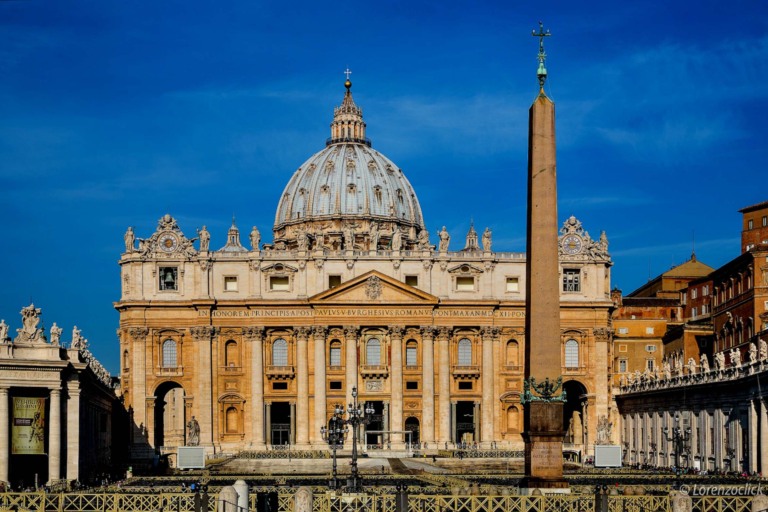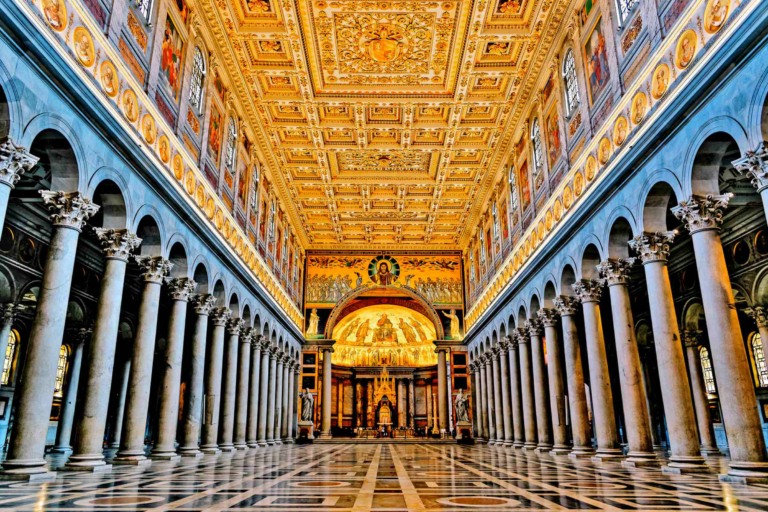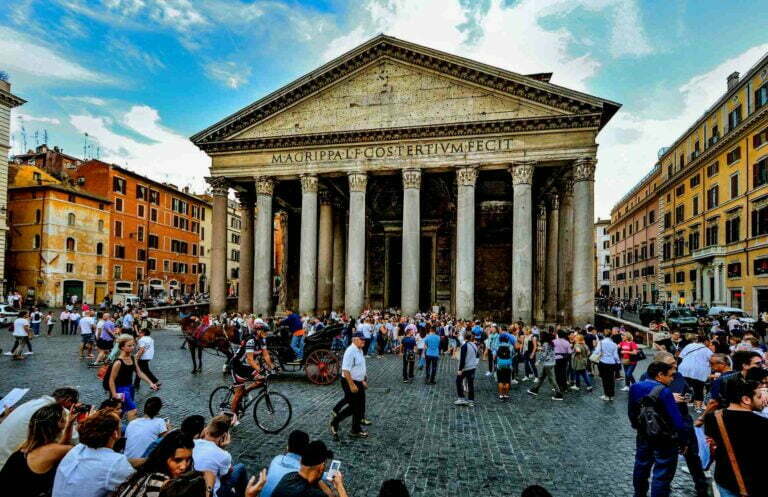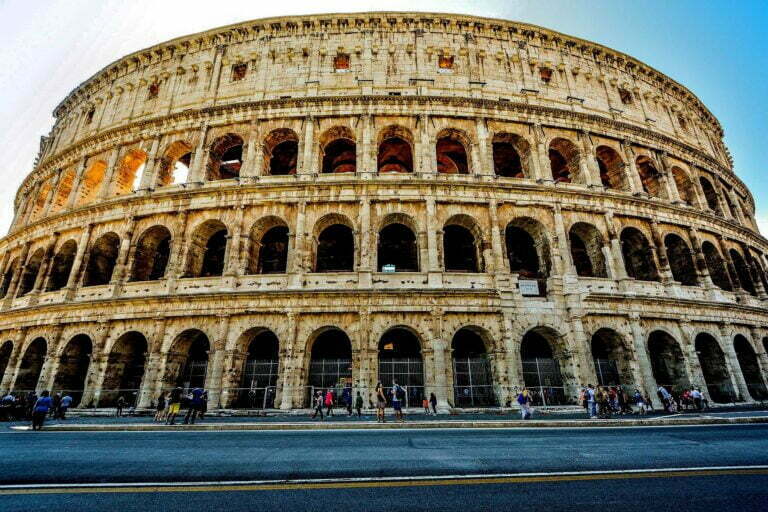The Etruscan Necropolises of Cerveteri and Tarquinia have been a UNESCO World Heritage Site since 2004. They are in the Italian provinces of Rome and Viterbo, in the region of Latium. These two large Etruscan cemeteries show how people were buried in different ways from the 9th century BC to the 1st century BC. They also show what the Etruscan culture was able to do.
Etruscan Necropolises of Cerveteri and Tarquinia
Which grew into the first urban society in the northern Mediterranean over a period of nine centuries. Some of the Cerveteri Etruscan tombs are huge, carved out of rock, and topped by huge burial mounds. Many of them have carvings on the walls, while others have amazing paintings.
Banditaccia is the name of the cemetery near Cerveteri. It has thousands of tombs set up like a city, with streets, small squares, and neighborhoods. There are many different kinds of tombs at the site, such as rock-cut trenches and tumuli, as well as tombs that look like huts or houses and are carved out of rock.
Cerveteri Etruscan Tombs
These are the only examples of Etruscan residential architecture that have been found. There are 6,000 graves cut into the rock at the necropolis of Tarquinia, which is also known as Monterozzi. Important Etruscan tombs were discovered at Tarquinia. It is known for its 200 painted tombs, the oldest of which are from the 7th century BC.
Necropolis of Tarquinia
When you walk around this ancient cemetery, you can see a glimpse of the afterlife in the frescoed tombs of the ancient Etruscan people. Just outside of the city of Tarquinia, a hill hides a maze-like cemetery from the ancient Etruscan people. Erturia was ruled by the mysterious Etruscan people. This area is now made up of Tuscany, Umbria, Emilia-Romagna, Veneto, Lombardy, and Campania.
The Etruscans called Tarquinia “Tarchuna,” and it was one of their most powerful cities from the early Iron Age until 396 B.C., when they were conquered and made part of the Roman Empire. The Etruscans of Tarquinia dug tombs into the rock of the hill for their dead and topped them with a rock structure called a “tumulus.”
The large necropolis is where generations of Etruscans were buried. It is thought to have about 6,000 graves, and 200 of the tomb chambers have colorful frescoes on them. Archeologists think that the decorated tombs were where the most important Etruscans were buried.
Etruscan Sarcophagi
They were put to rest in elaborately carved sarcophagi, which can be seen in a nearby museum. These sarcophagi show the dead person’s face and are decorated with mythological symbols. Most of the frescos show themes and leisure activities that show how full of life and pleasure the Ancient Etruscan nobility seemed to be and how important they thought that was to a good life.
How do Etruscan Sarcophagi Reflect the Attitude of Etruscan Society? Here, you can see scene after scene of music, dance, acrobatics, juggling, sexual encounters, eating, drinking, hunting, and weird magic rituals. But the paintings also show darker things that show what these ancient people were afraid of and how creative they were. Several scary things like blue-skinned demons that shriek and wave their arms around wildly and mutated wild animals like panthers and lions that prowl, hunt, and bare their fanged mouths at visitors show up.
Art of the Etruscans
These scary-looking figures may have been thought to protect the Etruscan dead as they slept. Even though archeological research is still going on, it’s possible that we’ll never know how the ancient Etruscans thought about life, death, and the afterlife, since they no longer exist as a civilization. But the colorful paintings on the walls of their tombs at the necropolis of Tarquinia are a moving and haunting reminder that the Etruscans seemed to love life in all its fullness and wanted to keep partying in the afterlife.
Etruscan Wall Paintings
When D.H. Lawrence went to Tarquinia in the 1920s, he wrote beautifully about the place and how it made him feel: “In the tombs, we can see people in awe and with a strong sense of death. Man moves through the universe while naked and shining. Then death comes: he jumps into the sea and goes to the underworld. To the Etruscans, everything was alive, and man’s job was to live in the middle of it all. He had to pull life into himself from the world’s big, moving sources of life.”
Cerveteri Cemetery
Find out before you go: The Necropolis is open from 8:30 a.m. to one hour before sunset from Tuesday to Sunday in the winter (closed on Mondays) and from 8:30 a.m. to 8:30 p.m. from Tuesday to Sunday in the summer. The entrance fee is €6, and a visit to both the necropolis and the brilliant museum costs €10. However, if you are a student and can show your ID, you can get in for free.




